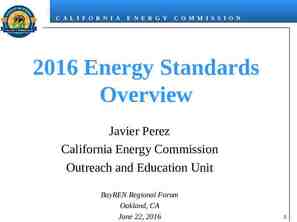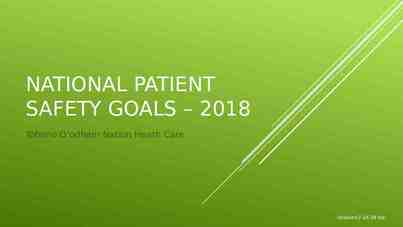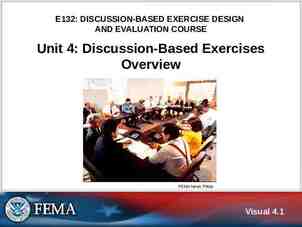Picture This and Take That: Strategic Crisis Visuals and Visual Social
22 Slides1.91 MB

Picture This and Take That: Strategic Crisis Visuals and Visual Social Media (VSM) in Crisis Communication ICRC 2016 Yan Jin University of Georgia Lucinda Austin Elon University Jeanine Guidry Virginia Commonwealth University Candace Parrish Virginia Commonwealth University

Visual Use in Crisis

Visual Use in Crisis Visuals can be both form and content Visual can be presented and disseminated more appealingly and effectively Visuals are often used as contextual elements in crisis storytelling

BP Oil Spill graphic as Form

Heineken Dog Fight Infographic as Form and Content

Impacting Factors Source of visuals can impact the context of visuals in crisis communication Individuals with low literacy levels often engage with visual communication better Our presentation will propose how Visual Social Media (VSM) might enhance crisis communication effectiveness

LA Clippers “We Are One” Branding Visual after firing of openly discriminatory Owner, Donald Sterling

Dissecting Crisis Visuals Images can both communicate and influence public opinion Visuals as storytelling tactics work effectively in the digital landscape Further validating research on the effects of crisis visuals

Defining Crisis Visuals Images alone or in combination with text or other image(s) Selected and incorporated strategically by an organization Disseminated to and/or shared with primary publics Making crisis information content more concrete, coherent, or comprehensible

Crisis Visuals & Info Processing Elaboration Likelihood Model: Peripheral vs. Central Processing A centrally processing audience would likely be more persuaded by strong arguments Messages need to enhance publics’ motivation and ability to process the crisis information

Photoshop Enhanced Image released from BP as crisis visual

Framing Effects Visual Framing: visual human-interest framing and visual political framing Crisis visuals with human interest strong cultural and geographical connections are likely to be most newsworthy These visuals are more likely to be utilized and shared by media professionals

Emotional Impact Emotion-evoking visuals can cause people to think more rationally Theory of Affective intelligence Visuals can enable a sense of interactions without first-hand experience

Crisis Visuals on Social Media Extant research highlights “good” elements of crisis messaging on social media Crisis visuals can serve as triggers, amplifiers, catalysts, and/or symbols of recovery of a crisis Crisis visuals can be posted and shared by nonvisual dominant social media platforms and VSM

Dominant Visual Social Media (VSM) Platforms

State of VSM Use of Crisis “Pinterest and Instagram have emerged as leading channels for brand and product discovery, so it’s no surprise that those platforms are evolving their ad offerings to better bridge the gap between social media and commerce.” Jasper Nathaniel VP of Business Development, Crowdtap

State of VSM Use of Crisis Currently, VSM are typically used branding and engagement communication purposes Ex. Showcase Products or Introduce Employees There is potential for increased brand management success in using VSM during periods of Crisis

Multimodal Crisis Communication on VSM Geise and Baden (2015) defined modality as visual and textual information Visual and textual modalities vary according to different degrees of structuring and salience Modality logic centers around Visual Information Processing (VIP)

Practical Implications Crisis visual perception and structuring Crisis visual decoding Connection of crisis visual elements Construction of coherent meaning with visual and textual elements in crisis visuals and on VSM

Conclusion/Future Research VSM are influential information content creators and form innovators Both visual and textual elements should be used in creation of crisis visuals Future empirical research should explore the function of crisis visuals and VSM in crisis communication

Questions? Yan Jin, Ph.D. Associate Professor Associate Director, Center for Health & Risk Communication University of Georgia







